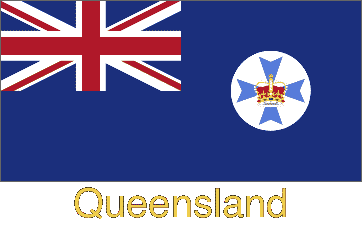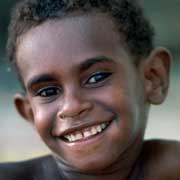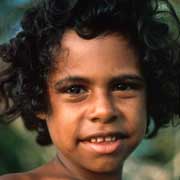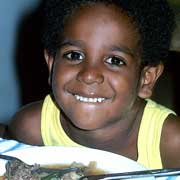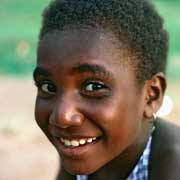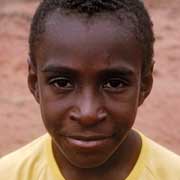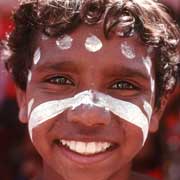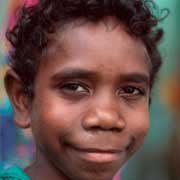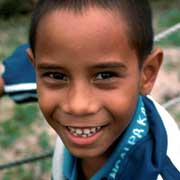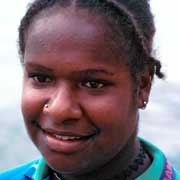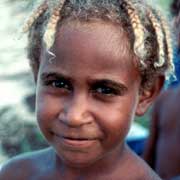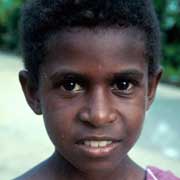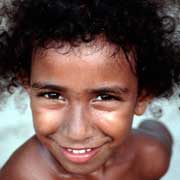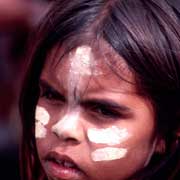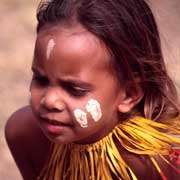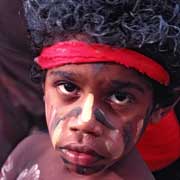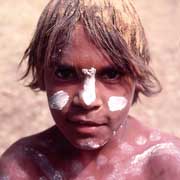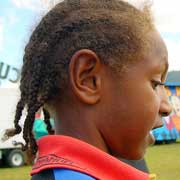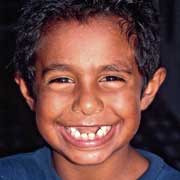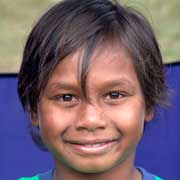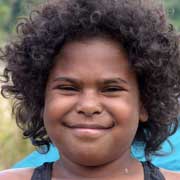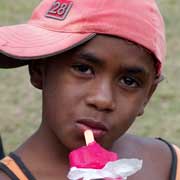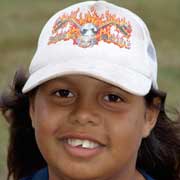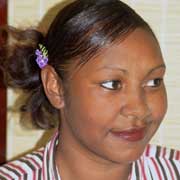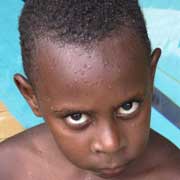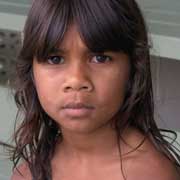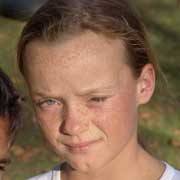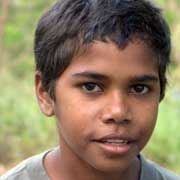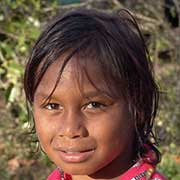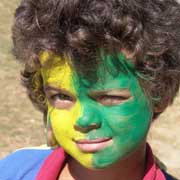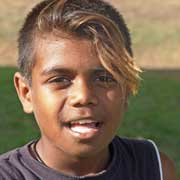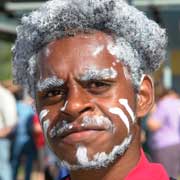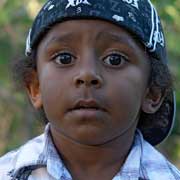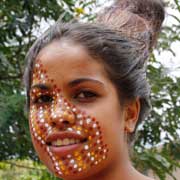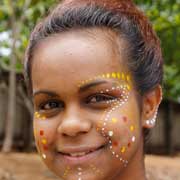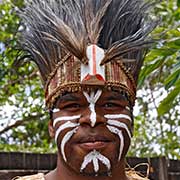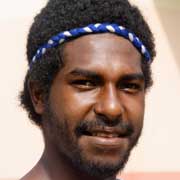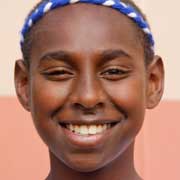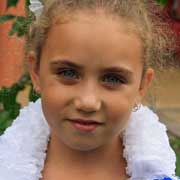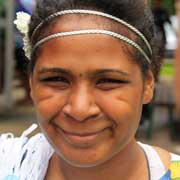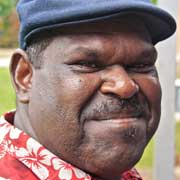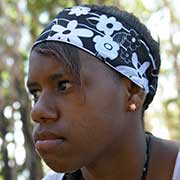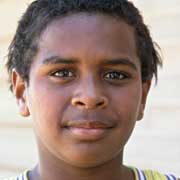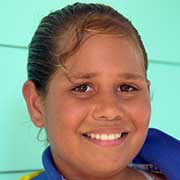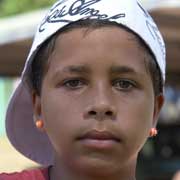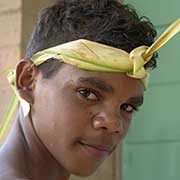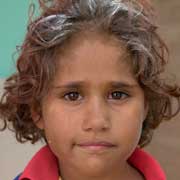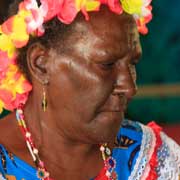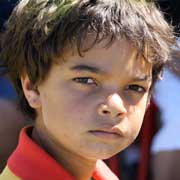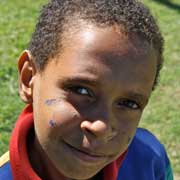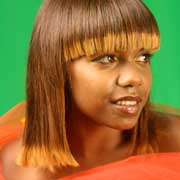Photos of Queensland Indigenous Portraits, Australia
Queensland Indigenous Portraits
Queensland is unique in that it has two different groups of indigenous people: the Aborigines, living on the mainland, and the Torres Strait Islanders, living in the island archipelago between the tip of Cape York and Papua New Guinea.
you may then send it as a postcard if you wish.
It is believed that migrations of people from Asia to mainland Australia began as far as 60,000 years ago and that they probably entered what is now Australia from Indonesia and Papua New Guinea, from where they could walk across the then dry Torres Strait. These were the ancestors of today's Aboriginal peoples; the people who inhabited the island of New Guinea and the nearby west Pacific were the ancestors of today's Melanesian peoples, including the present day Torres Strait islanders; today's inhabitants of the Eastern Torres Strait Islands, Mer (Murray Island) and Erub (Darnley Island) speak a Papuan language, Meriam Mir. The other traditional local languages spoken in the Torres Strait, Kalaw Lagaw Ya and Kalaw Kawaw Ya, have affinities with Aboriginal languages of Cape York, indicating centuries of contact; but the people are Melanesian, except Muralug (Prince of Wales Island), the home of the Kaurareg, an Aboriginal group.
The Aboriginal people of Queensland also belong to very diverging groups of people, traditionally with their own identities and lifestyles. Life changed irrevocably with the colonisation of the whites, people were uprooted, culture and language lost and over the generations there has been lots of racial mixing, with the result that today's Aboriginal people come in every shade of skin- and eye colour. This is less so among the people who managed to remain isolated, like the people in remote Cape York and the Torres Strait, but even here there is great variety.
This portrait gallery illustrates and celebrates the present indigenous population of northern Queensland; most of the people here are children, who, as everywhere else, are always most keen to pose for a photo.
